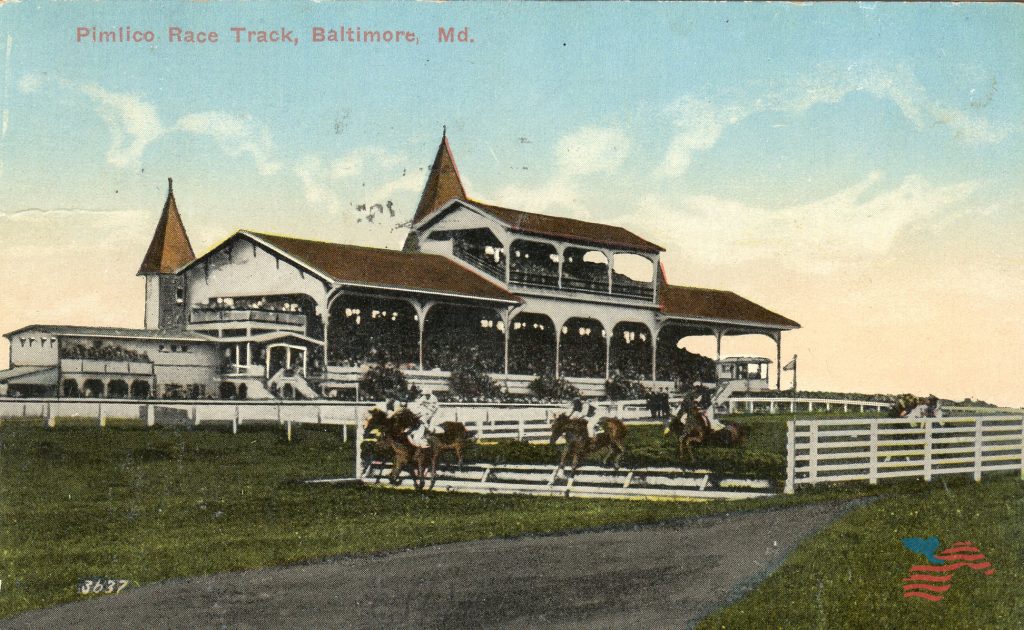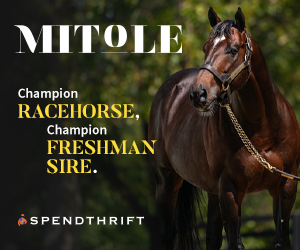
By Peter Lee
When the horses break from the starting gate at Pimlico October 3 for the 145th running of the Preakness Stakes, it will be the end of a bizarre Triple Crown season. Because of the COVID-19 pandemic, all three races were delayed by months. The Belmont Stakes was first on the schedule and was shortened from 1 1/2 miles to 1 1/8 miles, and the Preakness Stakes, usually the second jewel of the Triple Crown, will be the last race to be run.
But the Triple Crown races as we know them have not always been in the traditional order, nor were they run at the same intervals. You’ll be especially surprised at how much the Preakness Stakes has changed over its the past 148 years.
Money Problems
The first Preakness Stakes was run in 1873—two years before there was even a Kentucky Derby. Officials first envisioned it as a 2-mile race for 3-year-olds but shortened it to 1 1/2 miles for the first running. Survivor won that race by 10 lengths, which remained a record until Smarty Jones won by 11 lengths in 2004.
In 1889 the race was shortened to 1 1/4 miles. That same year, the Maryland Jockey Club’s lease with Pimlico was not renewed due to financial problems, so the club moved the race to Morris Park Racecourse in the Bronx, New York in 1890.
Morris Park must have been quite a sight in its day. The clubhouse turn was on a hill, so horses had to run uphill on the backstretch and downhill on the homestretch. The homestretch itself widened from a tight 80 feet at the top of the stretch to 240 feet at the finish line.
The odd racetrack hosted the “Preakness Handicap” in 1890, the only race in the history of the Triple Crown races that allowed older horses to run. No 3-year-olds actually entered the race. One horse was 8 years old. A 5-year-old horse named Montague won it that year with a light 103 pounds on his back.
Then, for three years, there was no Preakness—hence the reason why we have 145 runnings in 148 years. Financial problems still plagued the Maryland Jockey Club, and Morris Park declined to host the race. It had no home until 1894, when it finally found a home at Gravesend Race Track at Coney Island, New York. It would stay there for the next 15 years until it finally returned to Pimlico in 1909.
Different Races, Different Lengths
For many years, no one could settle on how long the distance of the race should be. It was shortened from 1 ½ miles to 1 1/16 miles in 1894 and stayed that way until 1901 when it was shortened even more to 1 mile and 70 yards. In 1908, it was lengthened to 1 1/16 miles again, cut to just one mile for the next two years, and then changed to 1 1/8 miles in 1911. It stayed that way for the next 13 years. It was 1 1/8 miles when Sir Barton won it in 1919 on his way to the first Triple Crown. Since 1925, it has stayed at its traditional 1 3/16 miles.
Officials also tinkered with the handicap concept again, calling it the Preakness Handicap from 1910 until 1917. The highest weight the winner ever carried, though, was only 117 pounds. It was finally renamed the Preakness Stakes for good in 1917.
Not a Second Jewel
The Preakness has not always been the second jewel of the Triple Crown, either. On 11 occasions, it was run before the Kentucky Derby, and 11 times it was after the Belmont Stakes. Twice the Derby and the Preakness were held on the same day (1917 and 1922), negating any possible Triple Crown in those years. Once it was held the day after the Derby, and three times the dates were two days apart. It settled into its regular spot two weeks after the Derby in 1932.
In 1918, the purse ballooned from $6,300 to $33,500, causing 26 horses to enter. The high number of entries created the only two-race stakes in Triple Crown history. War Cloud bounced back from his disappointing fourth-place finish in the Kentucky Derby only four days earlier to win the first division. Seventy minutes later Jack Hare Jr. won the second division. The owners of the two horses had to split the winnings.
Compared to the early, unstable years of the Preakness, at least the order of the 2020 Triple Crown races doesn’t seem as weird.
“Pimlico Race Track, 1916. Photo courtesy of the National Museum of Racing and Hall of Fame.”



